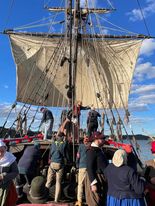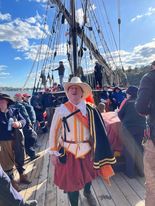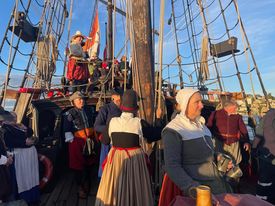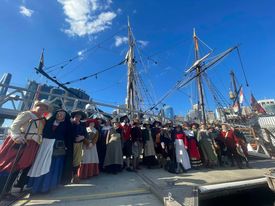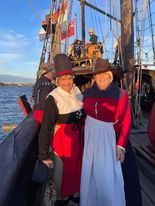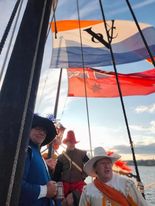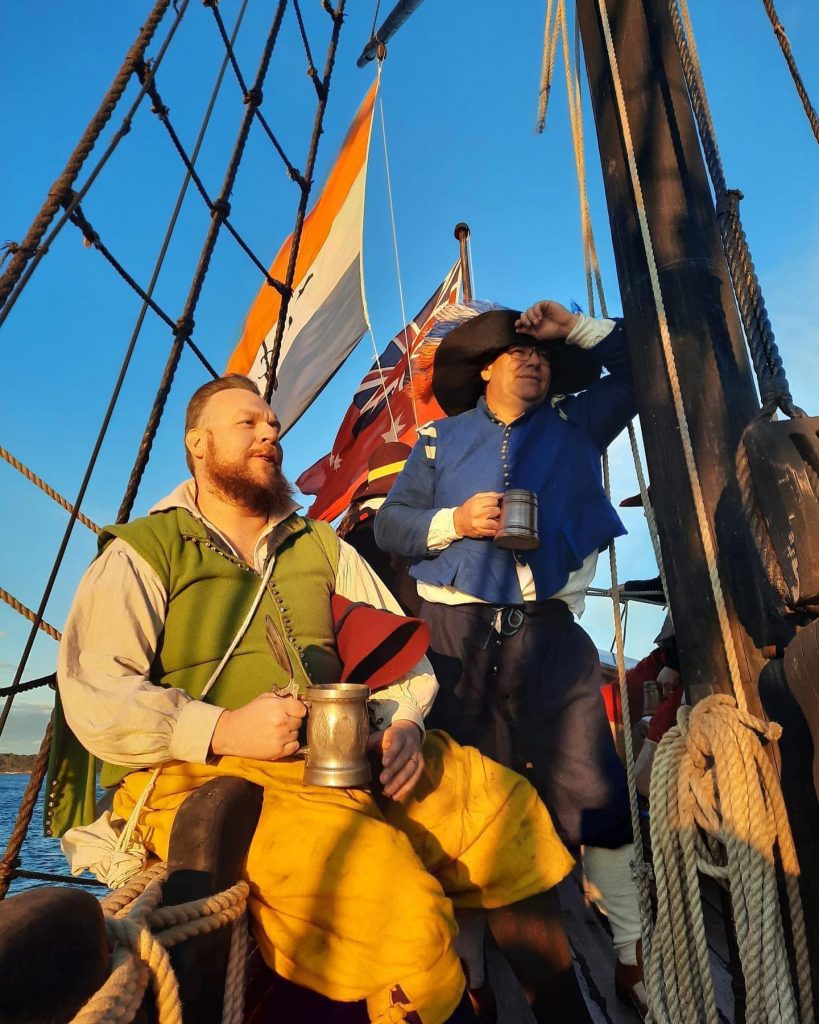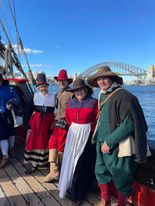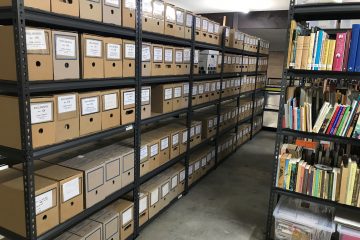Scroll down for the picture gallery of the Compagnie Batavia sailing on the Duyfken on Sydney Harbour – May 2023
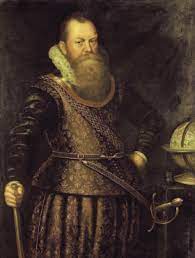
The first documented and undisputed European sighting of and landing in Australia was in late February 1606, by the Dutch navigator Willem Janszoon aboard the Duyfken. Janszoon charted the Australian coast and met with Aboriginal people. Janszoon followed the coast of New Guinea, missed Torres Strait, and explored and then charted part of the western side of Cape York, in the Gulf of Carpentaria, believing the land was still part of New Guinea.
On 26 February 1606, Janszoon and his party made landfall near the modern town of Weipa and the Pennefather River but were promptly attacked by the Indigenous people. Janszoon proceeded down the coast for some 350 km. He stopped in some places but was met by hostile natives and some of his men were killed. See also stories about First Contact.
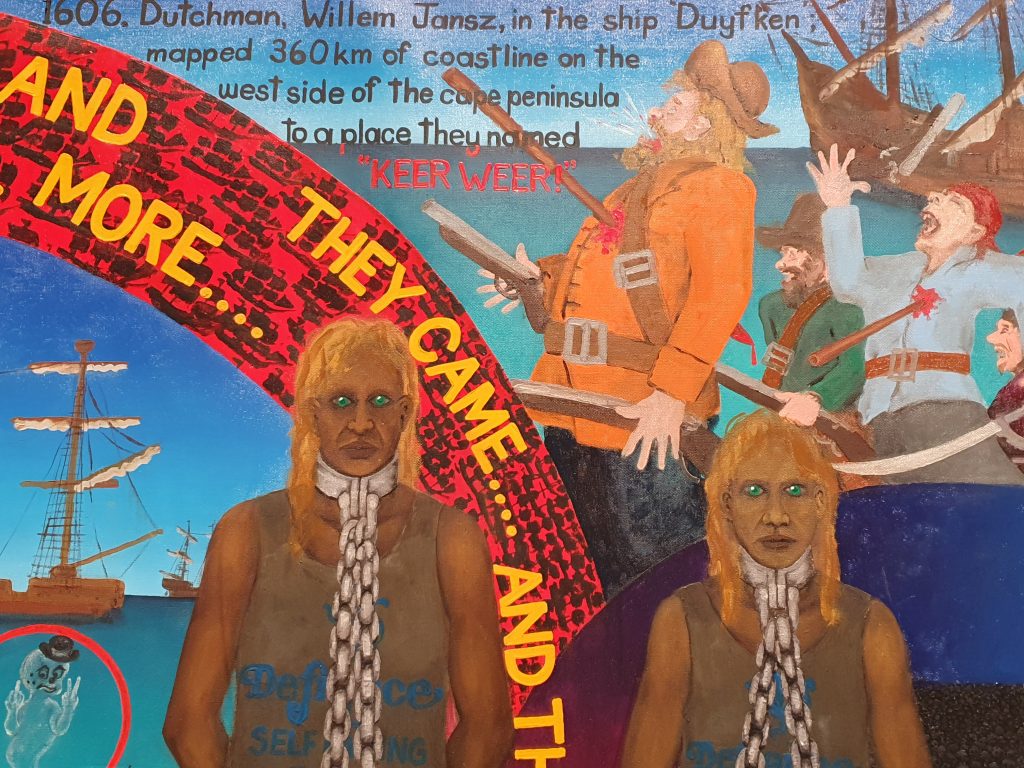
At the final place, he initially had friendly relations with the natives, but after he forced them to hunt for him and appropriated some of their women, violence broke out and there were many deaths on both sides. These events were recorded in Aboriginal oral history that has come down to the present day. Here Janszoon decided to turn back, the place later being called Cape Keerweer, Dutch for “turnabout”.
In the late 1990s an enthusiastic group of volunteers started to built a replica of the Duyfken and this boat has been sailing along the Australian coast and recently did find its permanent home at the Australian National Maritime Museum in Sydney.
In April 2003 when it was moored in the harbour of Freemantle they needed people who during the night would stay on the Duyfken. Together with my Dutch friend Fred Kappetijn we stayed the night on the ship. I still remember the cracking of the ship while floating on slight swell of the water as well as smell of ropes and tar.

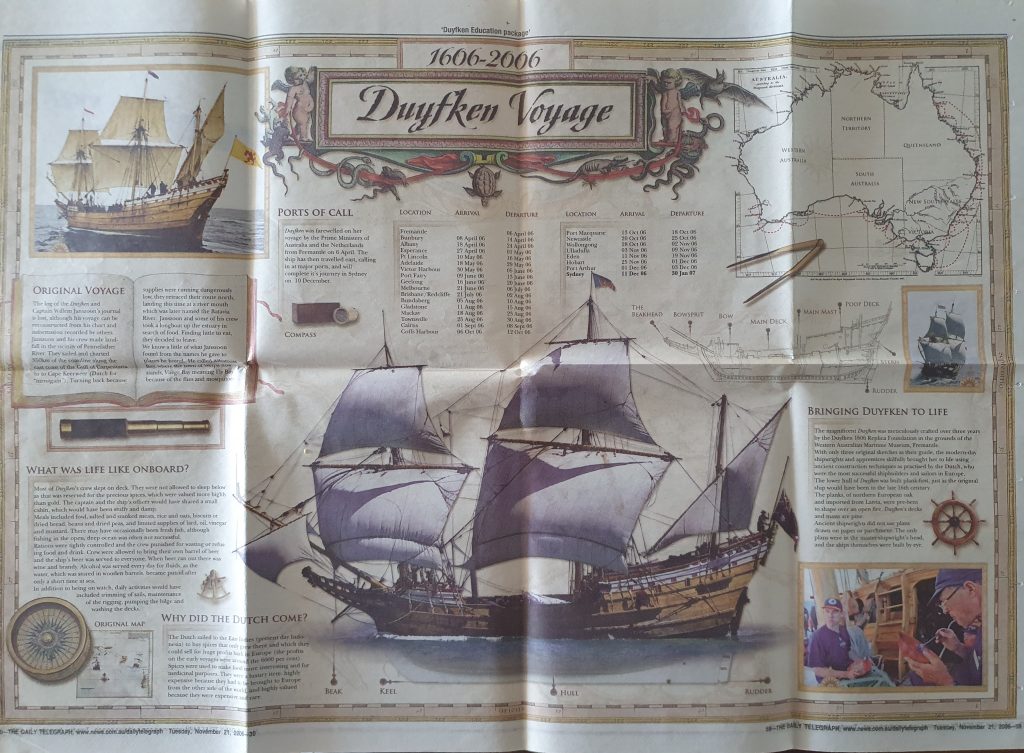
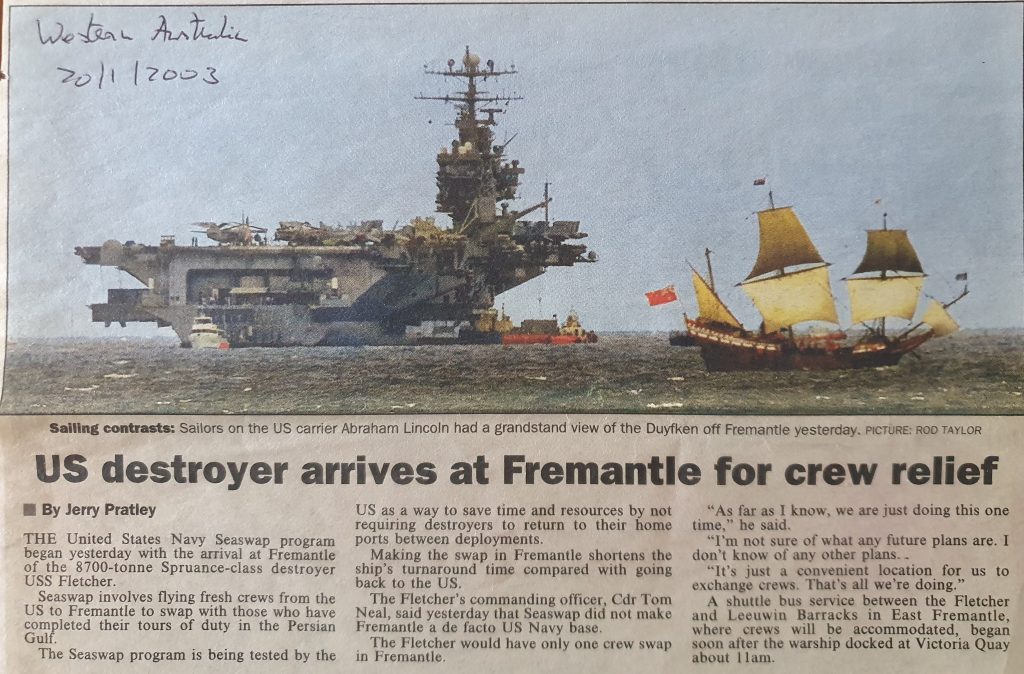
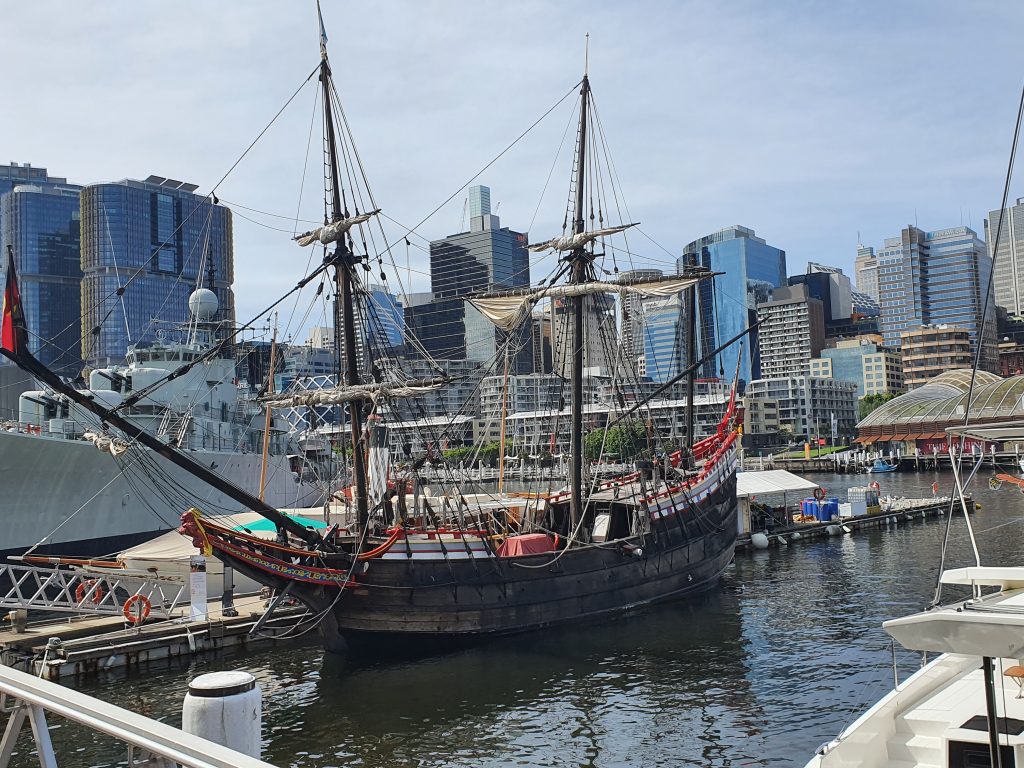
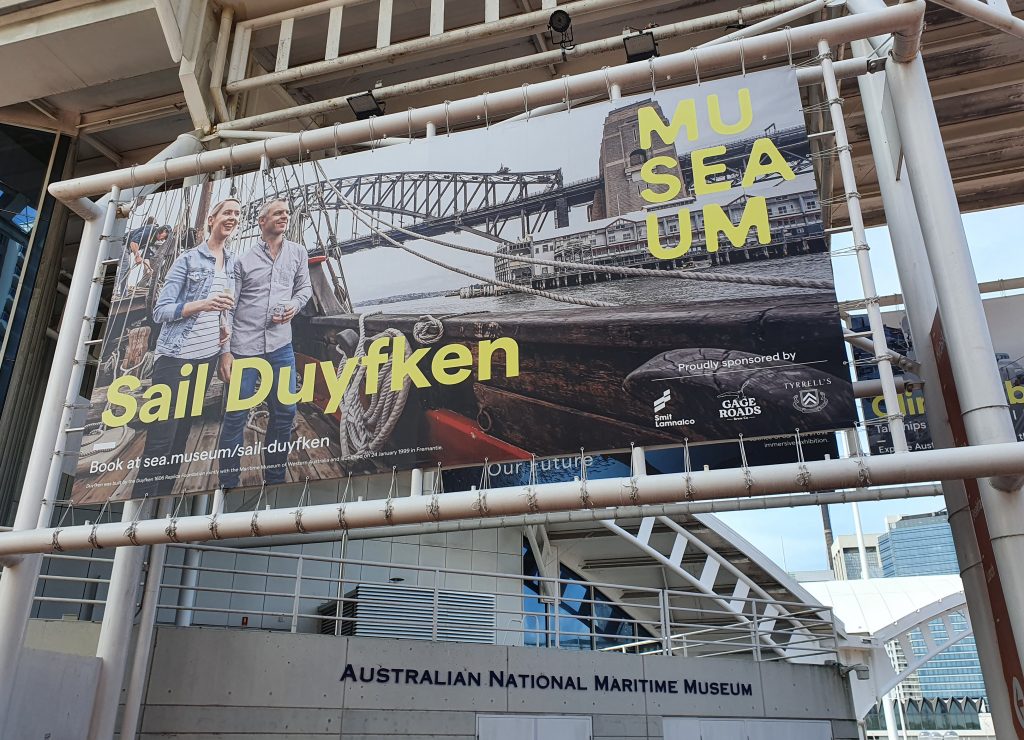
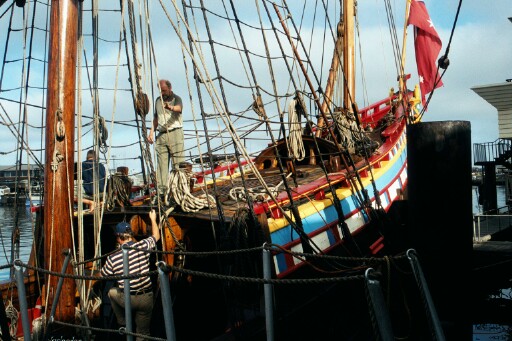
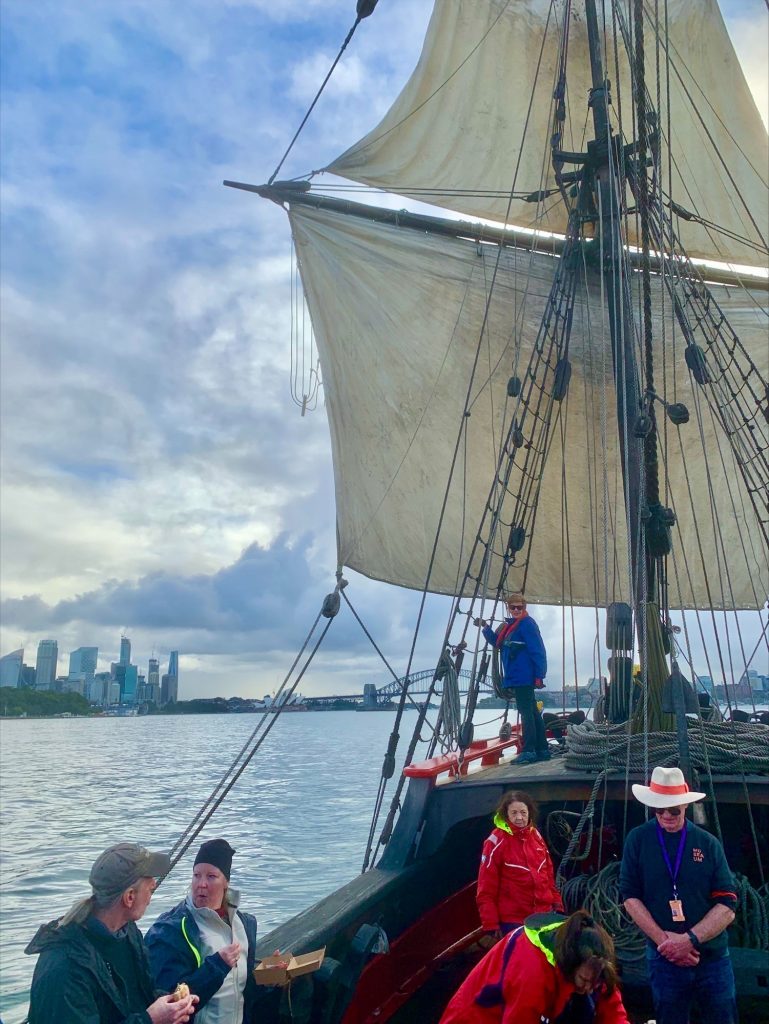

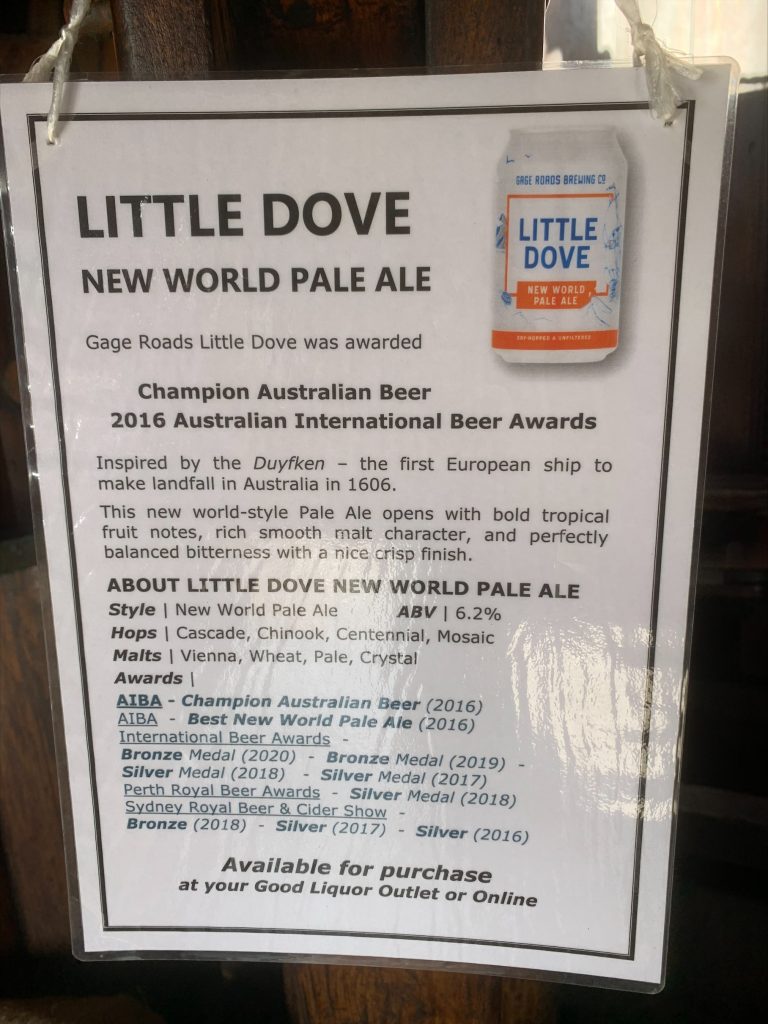
Paul Budde
The Duyfken videos
The Compagnie Batavia sailing on the Duyfken on Sydney Harbour – 2023
The Compagnie was formed in 2016 and is Australia’s only 80 years war living history group. The group has around 40 members across the Eastern seaboard and has a very strong focus on an immersive living history impression.
